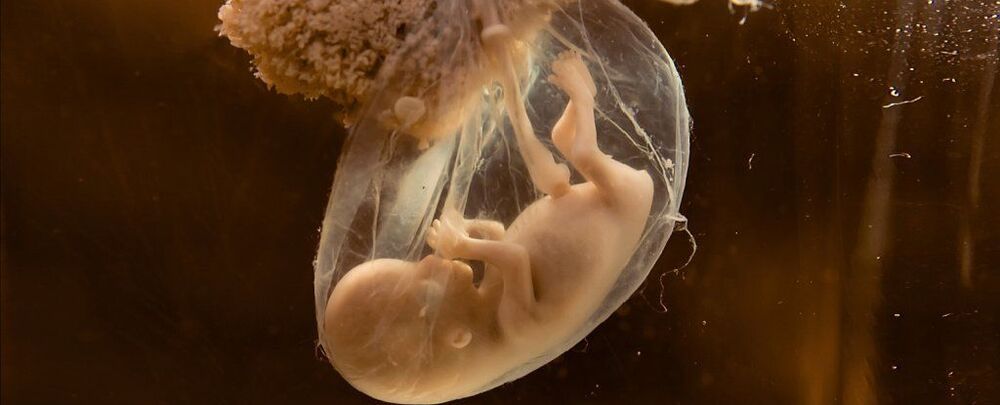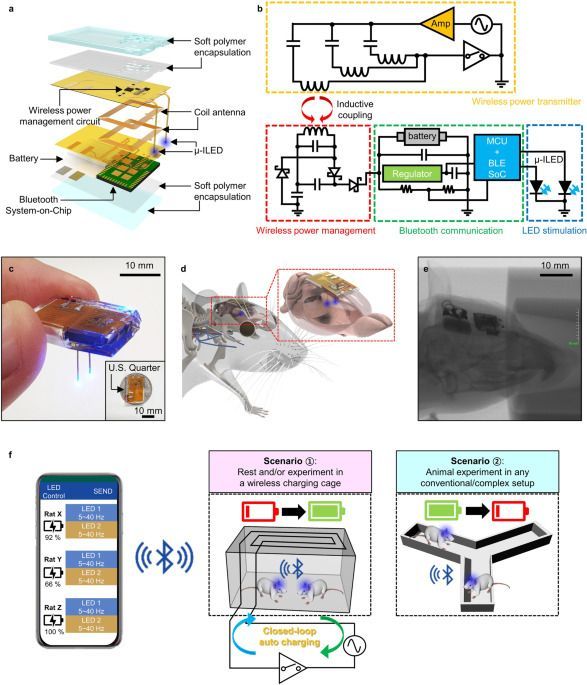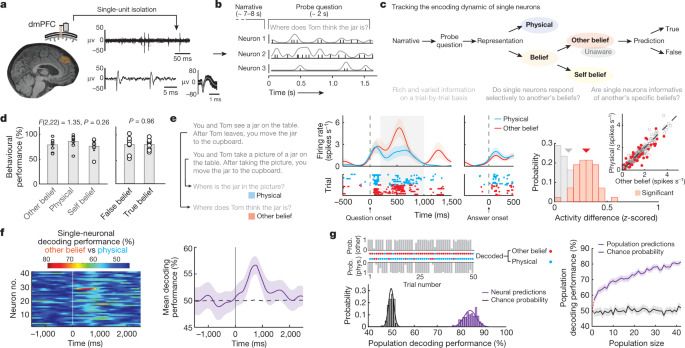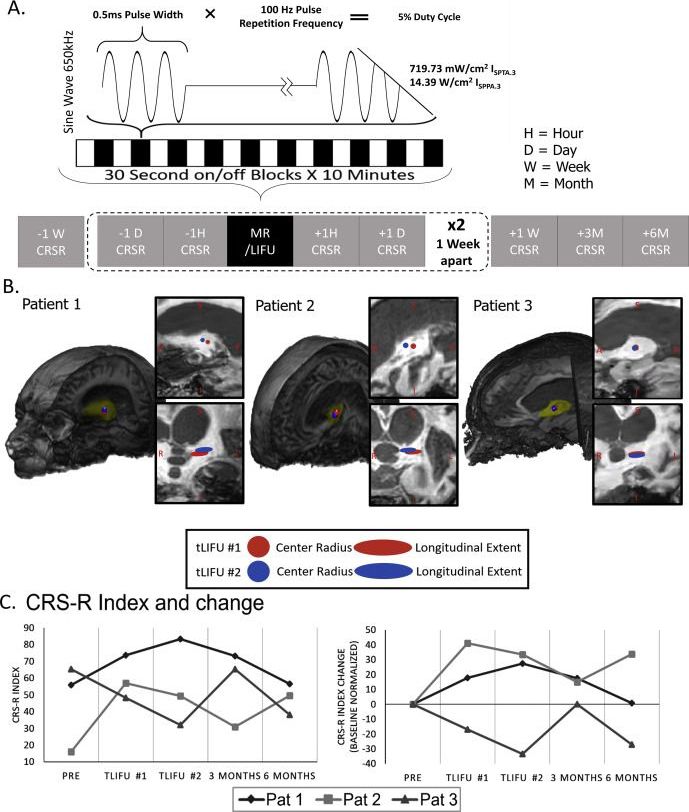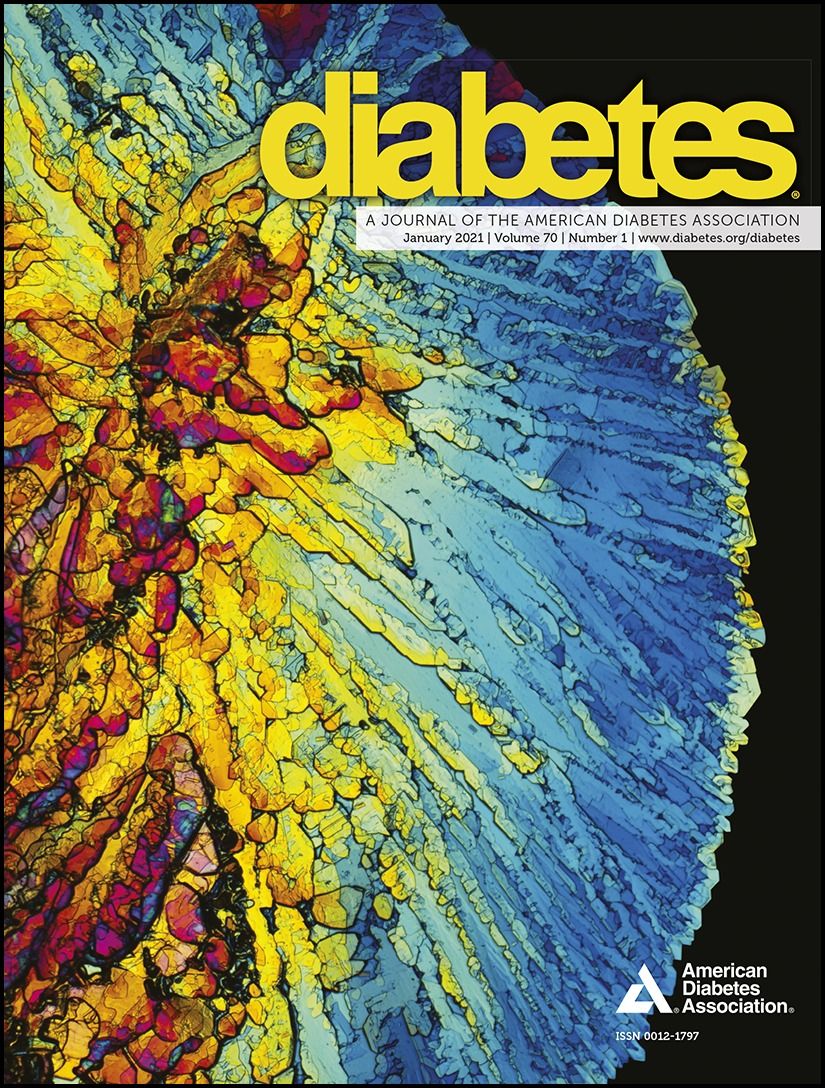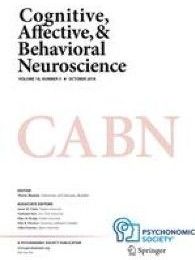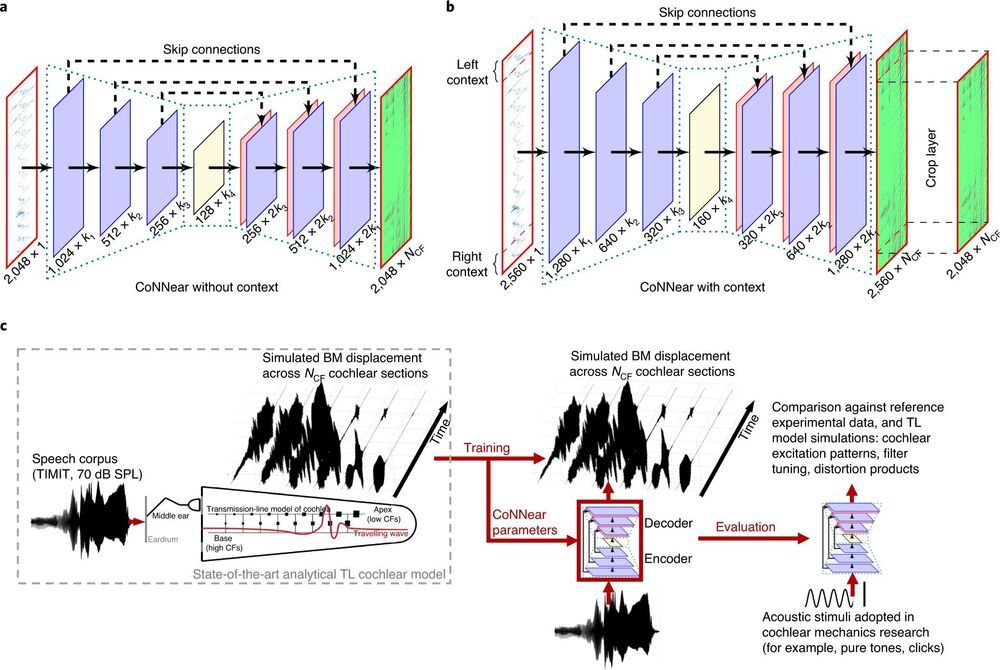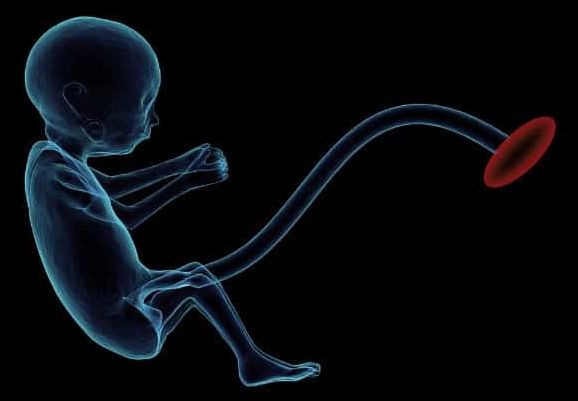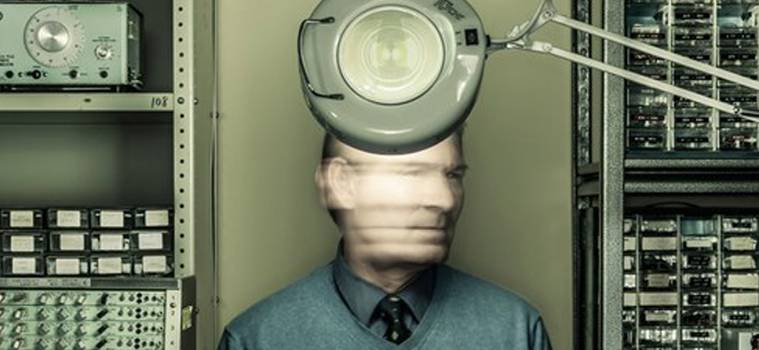After tracing the origins of schizophrenia to genes expressed in the placenta while in utero, scientists have now zeroed in on the combination of risk factors that could predict which infants are at greatest risk of developing the condition later in life.
The findings reinforce an emerging picture of schizophrenia as a genetic disorder, with a fate determined by complications that can arise during pregnancy.
Researchers from the Lieber Institute for Brain Development at Johns Hopkins University and the University of North Carolina in the US analysed the relationship between key genes and cognitive development in the first few years after birth.
